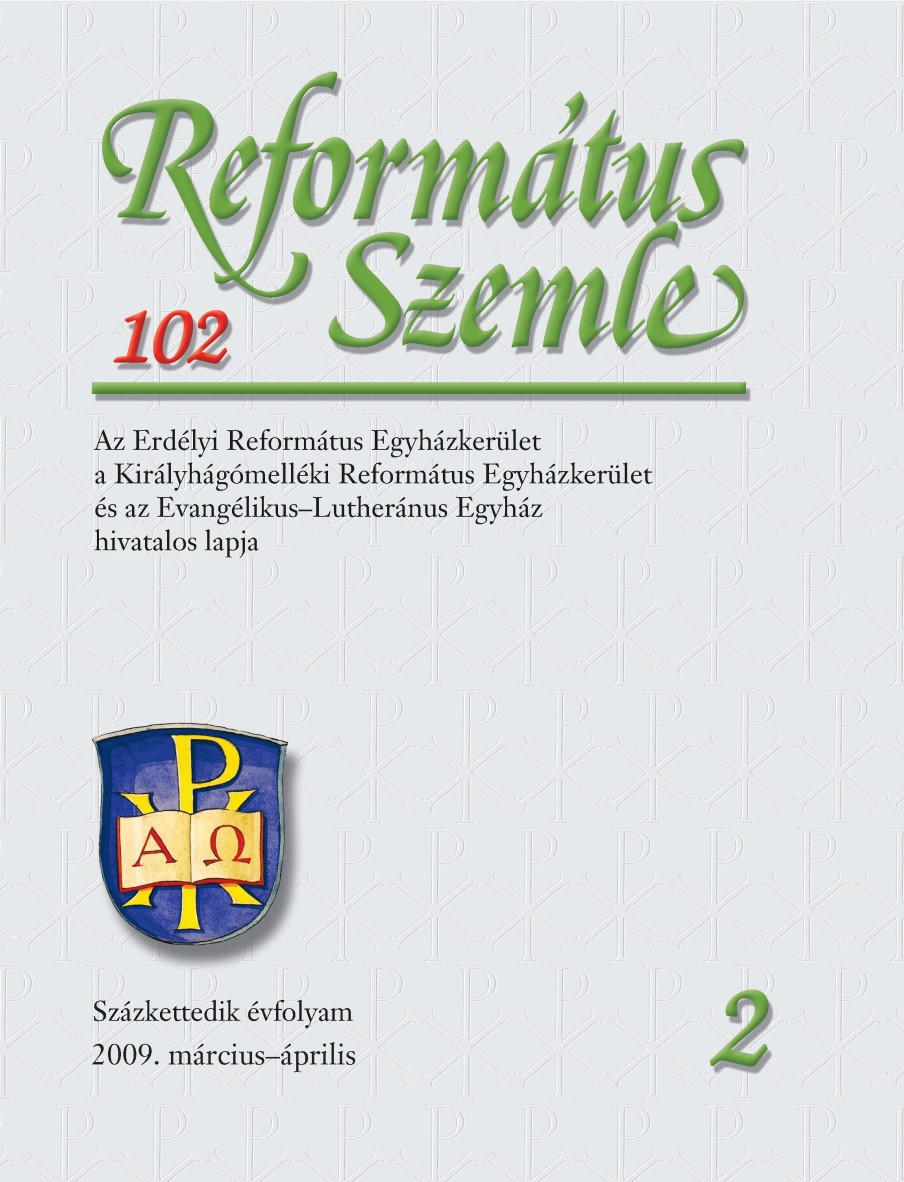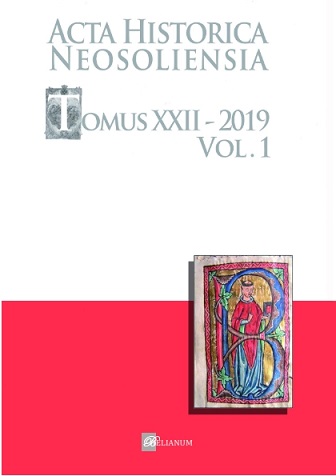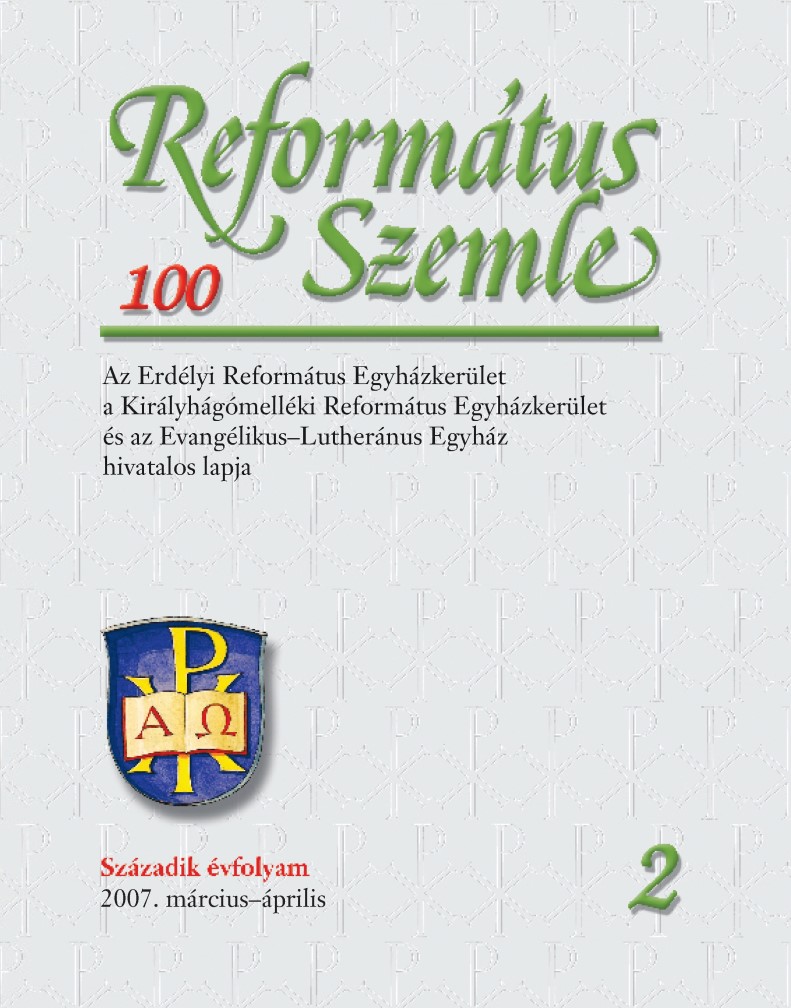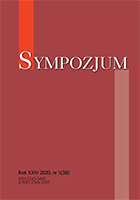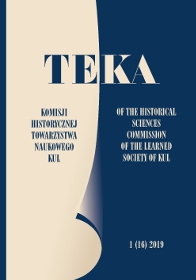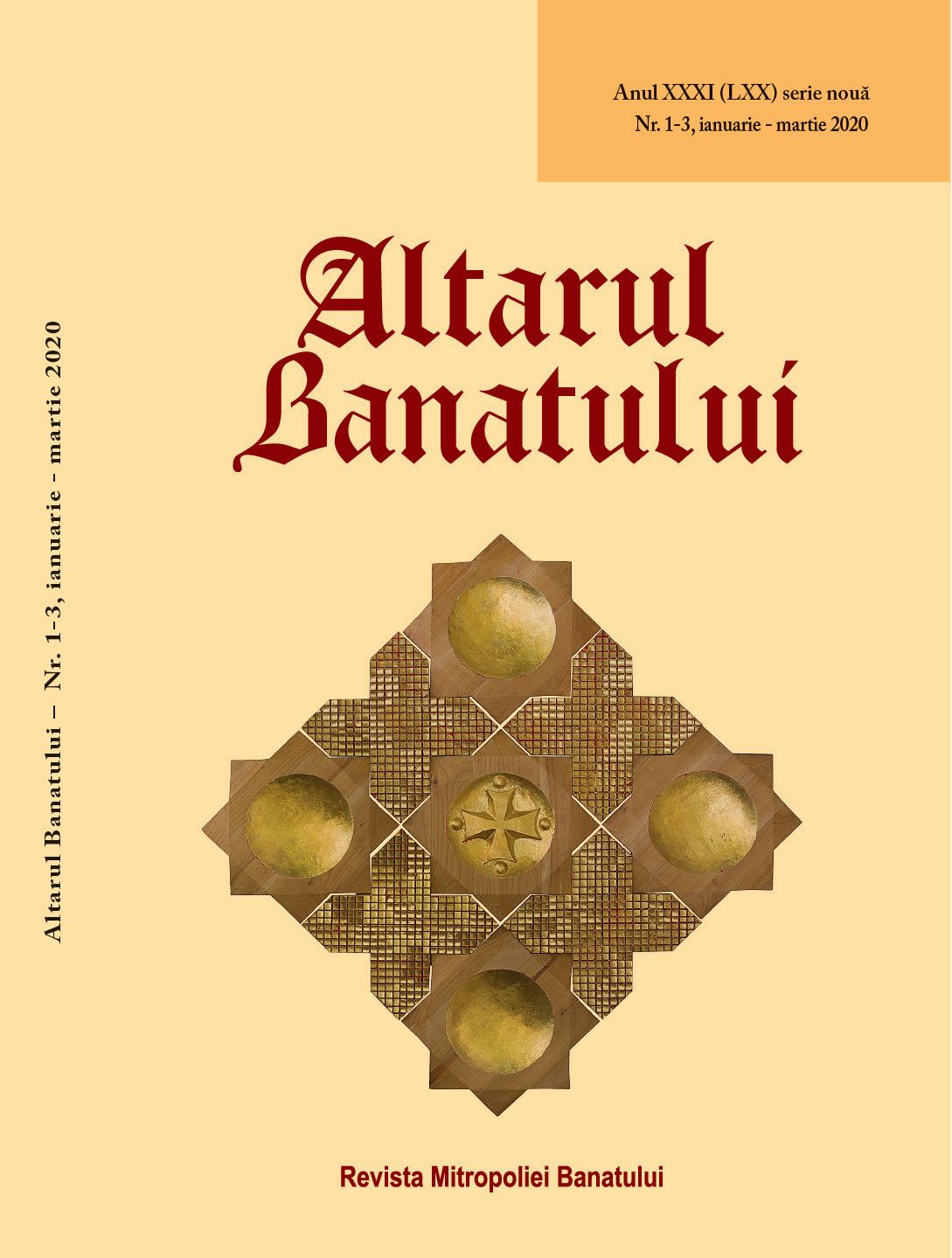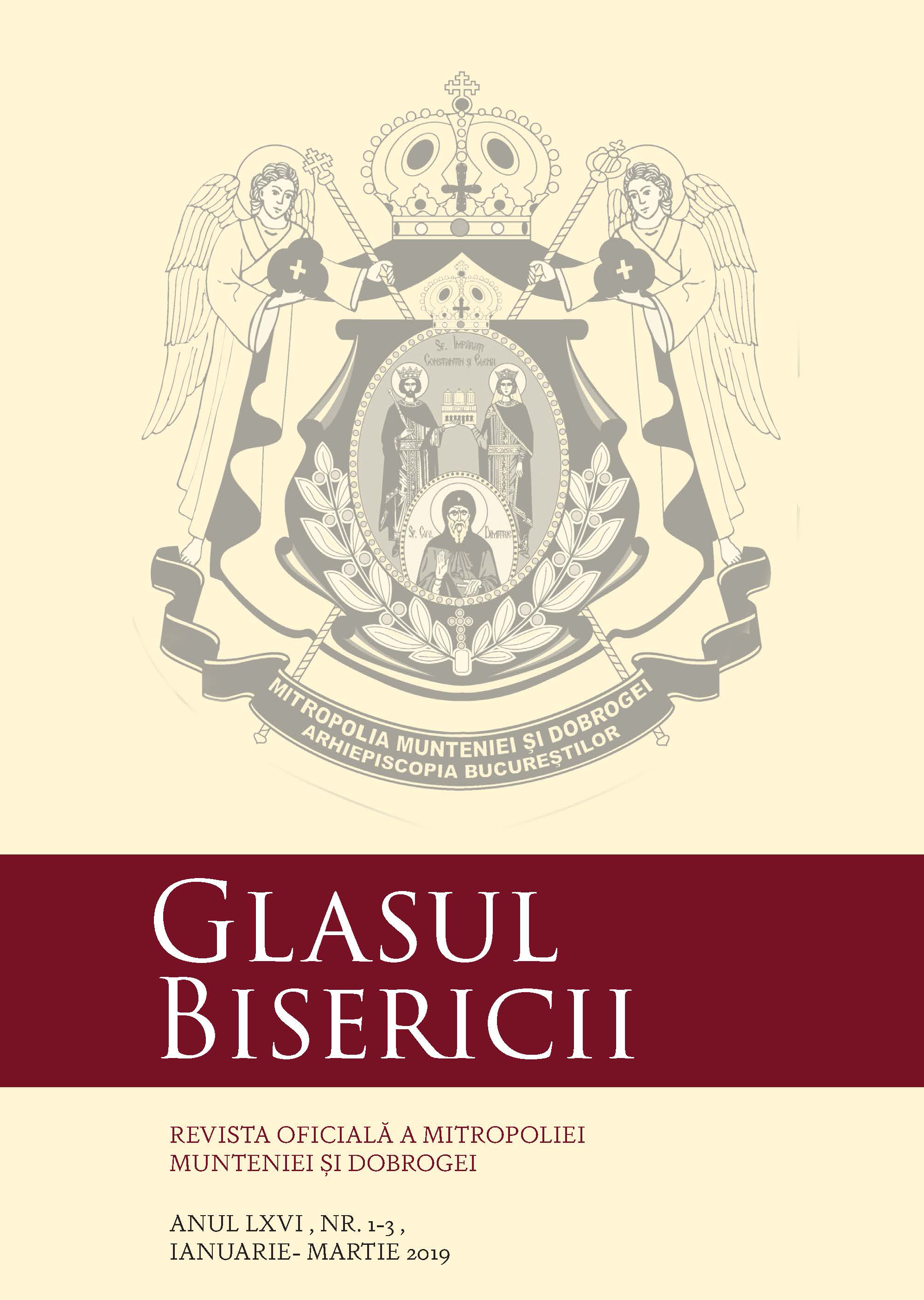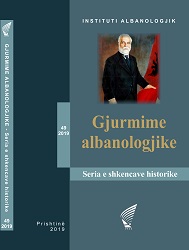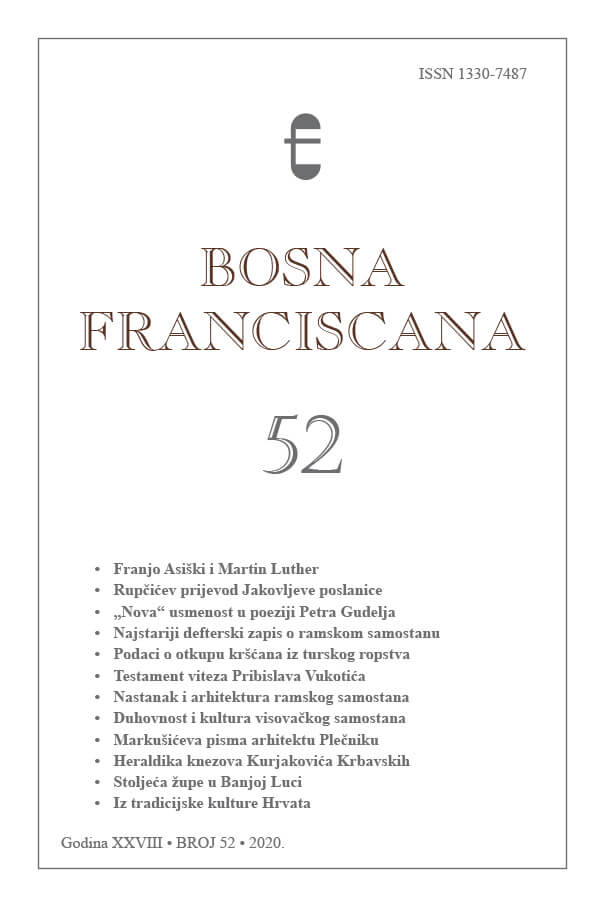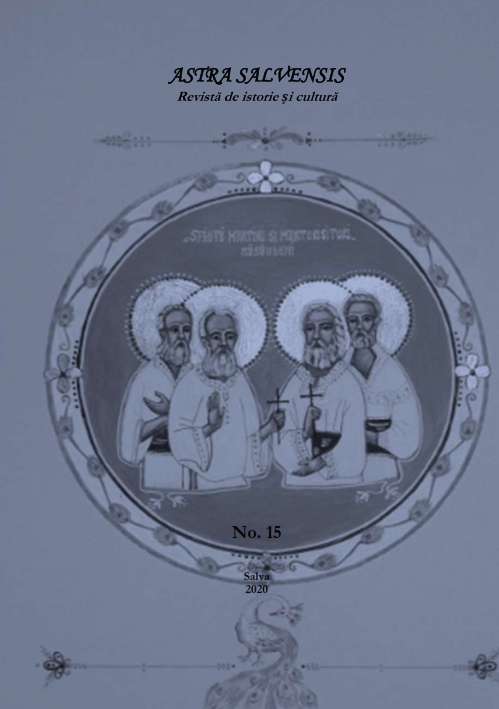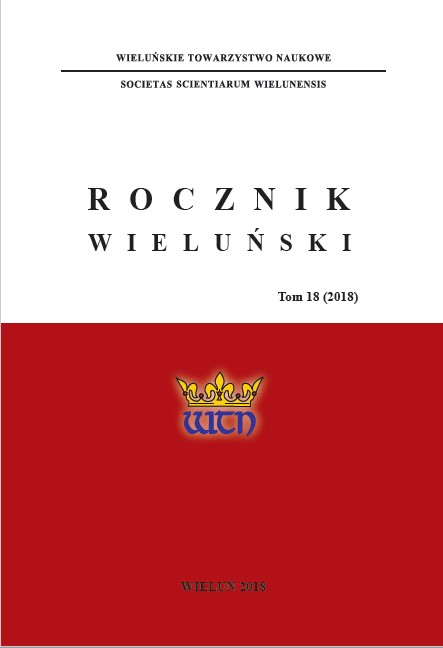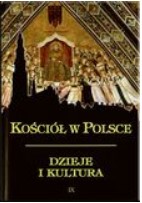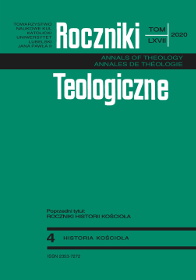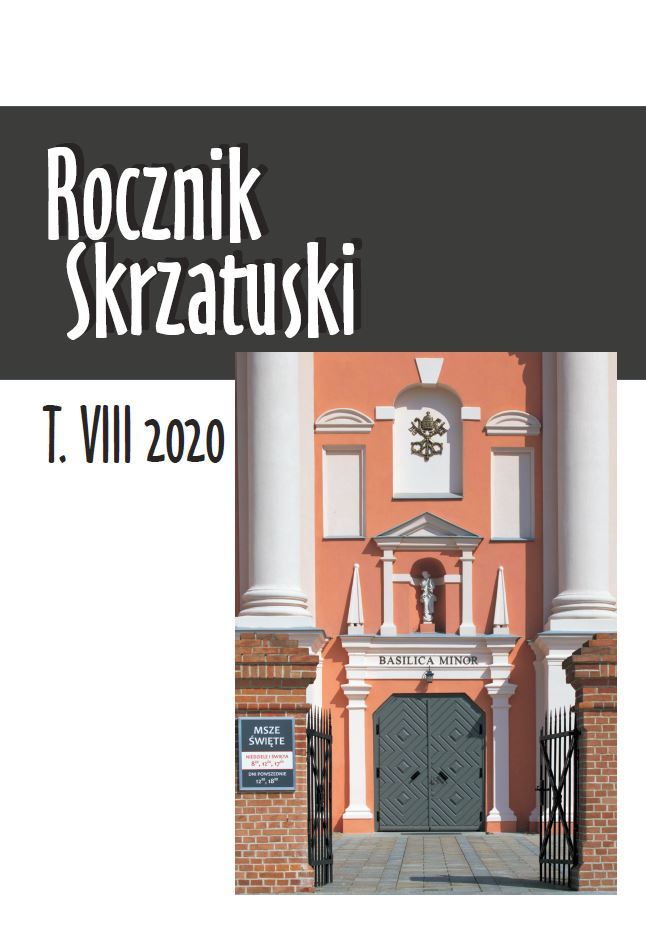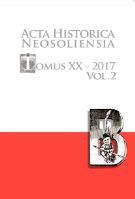
Zaplatiť či nechať zoštátniť? Spor o nadlacké evanjelické školy v zrkadle publicisticky z roku 1913
Author of this text deals with history of evangelical school system in Nădlac in 1910 – 1913. Main attention is focused on journalistic discussion about Nădlac schools in 1913. Dispute over Nădlac schools had followed from evaluation of church representation decision to let close schools because of state financial claims (or teacher’s demands). The reason is that they had right to receive regular quinquennial addition to to their salary on the basis of Law No. 26/1893. On the ground of teachers‘ written waiver of that money, Nădlac Church had not paid it. Paying of sum owed after issuing of Law No. 27/1907 or more precisely after its coming into force in 1910 had become a necessity. Nădlac Church thus decided that schools would be closed. Although it had not happened, the main motive of discussion in the press in 1913 was evaluation of this decision. Result of analysed discussion is that there was a fundamental contradiction between that part of church representatives who were not willing to agree with decision to close school and the other one who would admit it. The whole debate was characterized by emotional and strict manners. Author had put the case of Nădlac into historical context, pointing to analogical, similar examples of other Slovak church societies. Thus he had analysed the whole situation in the context of history of Slovak evangelical attitude towards state school politics during that period.
More...
